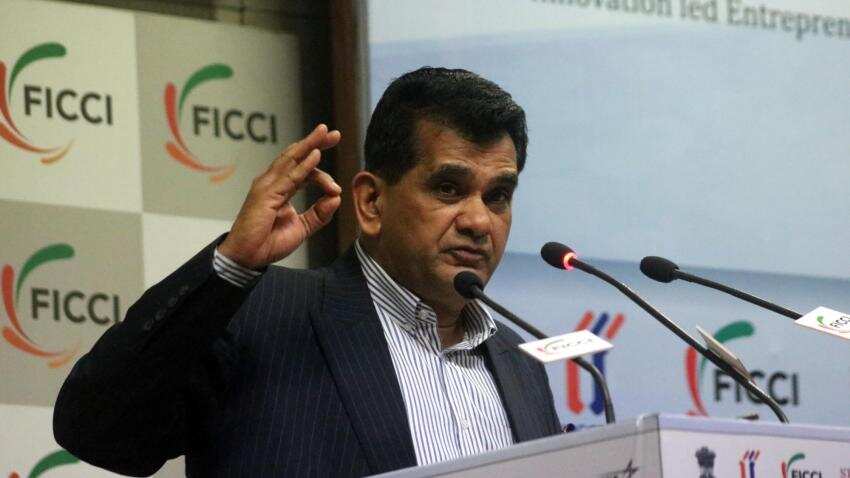Net transfers to the states rose by 21.7%: Niti Aayog
Niti Aayog said, “By itself, the Fourteenth Finance Commission (FFC) recommendation to raise the share of states in the divisible pool from 32% to 42% has led to increased resources for all states. The total quantum of resources transferred, which include grants-in- aid and central assistance to state plans, rose in the case of 26 states though this increase is uneven across states.”

Many states, including Uttar Pradesh, complained that the funds provided by the Centre have declined. Niti Aayog has released a report rubbishing the claims.
These states have complained that that the increased devolution of the divisible pool has been accompanied by a reduction in the central transfers via grants in aid including those through the Centrally Sponsored Schemes (CSS). There are also concerns that the increased proportion of untied funds may lead states to divert funds from high national priority areas such as education, health and infrastructure to other, non-priority areas. Both issues are examined below.
In its defence, Aayog said, “Excerpted from the Budget 2016-17, the net transfers to the states rose by 21.7%. While the actual increase at 16.8% turned out to be less, it was still substantial, especially when we recognise that the increase in the total central expenditures (Revised Estimate) in 2015-16 over that in 2014-15 was only 7.3% as per Budget 2016-17.”
Niti Aayog said, “By itself, the Fourteenth Finance Commission (FFC) recommendation to raise the share of states in the divisible pool from 32% to 42% has led to increased resources for all states. The total quantum of resources transferred, which include grants-in- aid and central assistance to state plans, rose in the case of 26 states though this increase is uneven across states.”
Although the think-tank accepted that three states, namely, Sikkim, Tripura and Uttarakhand have experienced a net decline in the absolute amount of funds transferred by the centre. It, however, said, “Overall, tentatively, it is fair to say that the available data do not give any reason for alarm that the states may have acted irresponsibly in the wake of increased flexibility in spending. By and large, they have increased the capital and social expenditures as proportions of their respective GSDPs.”
Get Latest Business News, Stock Market Updates and Videos; Check your tax outgo through Income Tax Calculator and save money through our Personal Finance coverage. Check Business Breaking News Live on Zee Business Twitter and Facebook. Subscribe on YouTube.
02:25 PM IST











 India needs 2,500 universities to accommodate 50% students: NITI Aayog CEO
India needs 2,500 universities to accommodate 50% students: NITI Aayog CEO Size of Indian economy can easily double by 2030: NITI CEO
Size of Indian economy can easily double by 2030: NITI CEO India-UK FTA within finger-touching distance: NITI Aayog CEO
India-UK FTA within finger-touching distance: NITI Aayog CEO NITI Aayog calls for guidelines, E-KYC to check background of PMMY loan applicants
NITI Aayog calls for guidelines, E-KYC to check background of PMMY loan applicants Union Minister Ashwini Vaishnaw launches NITI Aayog's digital public infra platform
Union Minister Ashwini Vaishnaw launches NITI Aayog's digital public infra platform